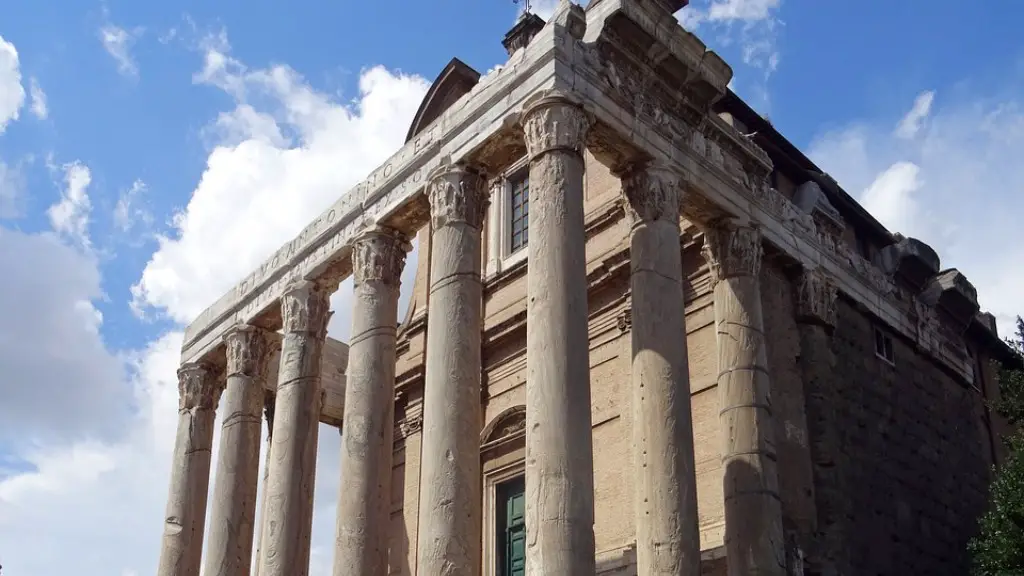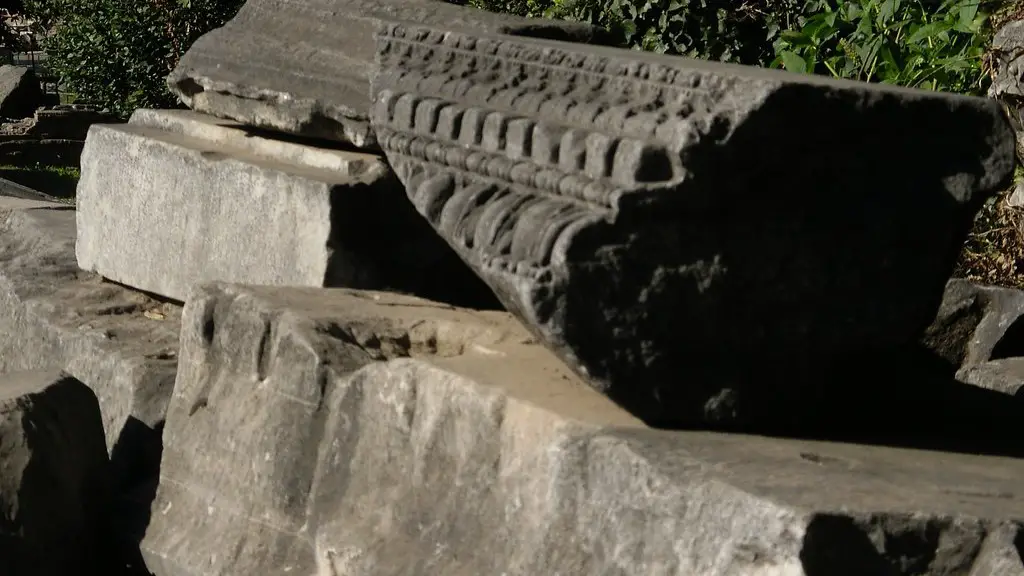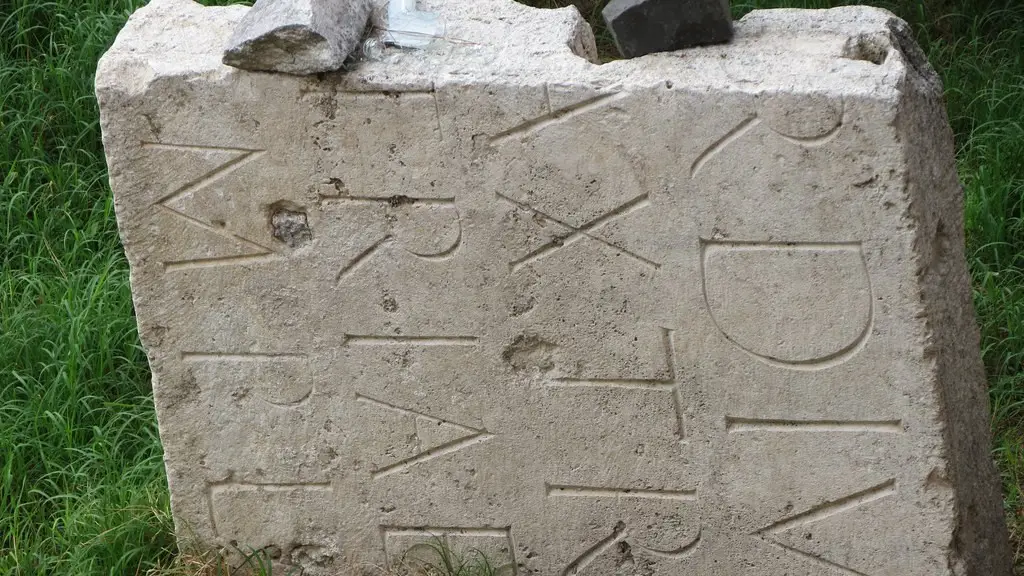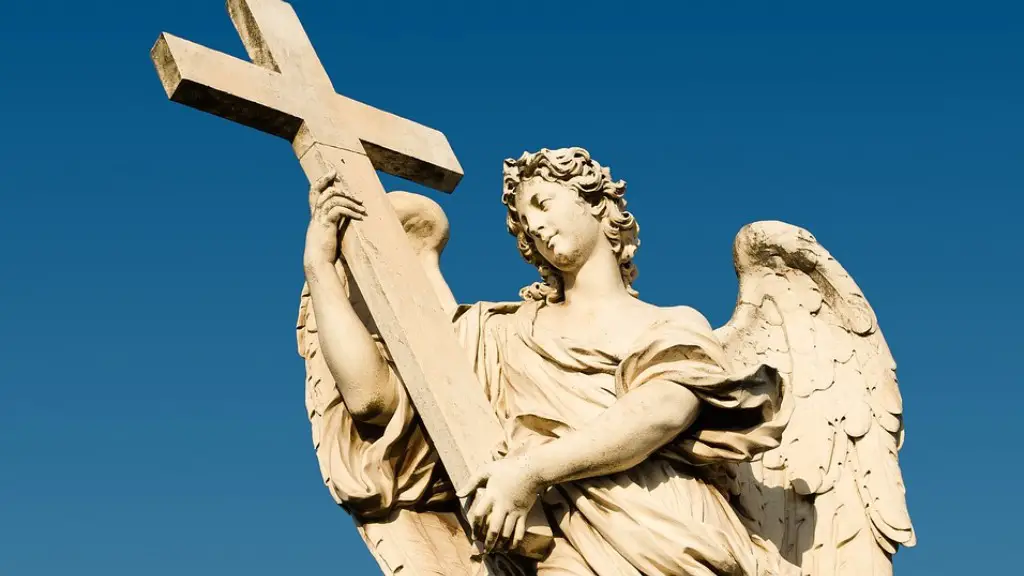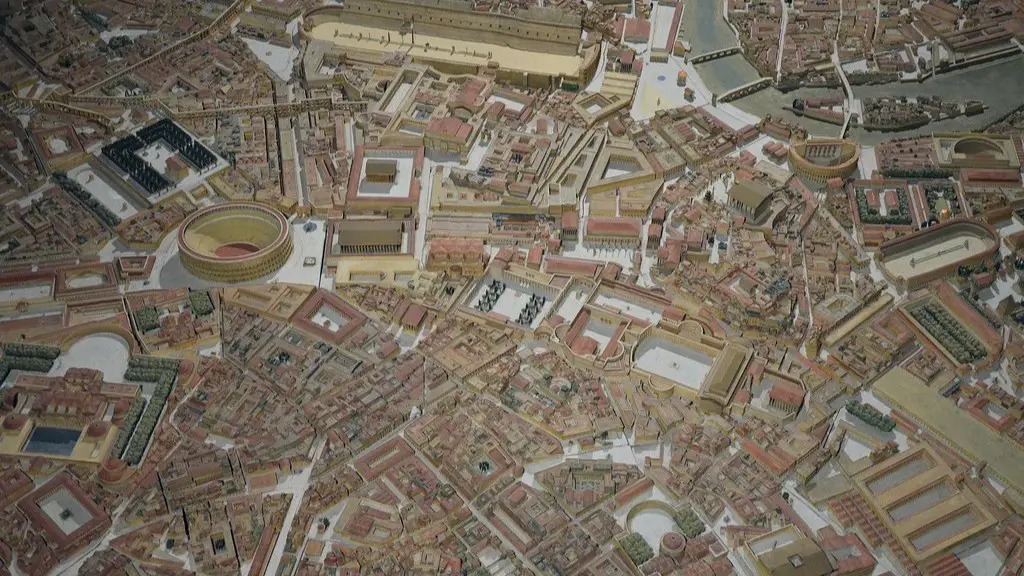Housing
Ancient Rome was an urban settlement where many people lived. Most ancient Roman homes were single-story, built out of brick, stone, or a combination of both materials. They were nearby the city center and were filled with courtyards and gardens with family shrines and memorials. Many ancient Roman homes were connected to the city’s water supply, sewage, and drainage. Ancient Rome’s housing was filled with mosaic floors and walls decorated with frescoes and statues.
Most ancient Roman houses were filled with artworks, including paintings, sculpture and fine glassware. Ancient Greeks used frescoes to decorate their homes, which included nature-based murals, mythological scenes, and everyday life tableaux. Ancient Roman homes were also equipped with several bedrooms, kitchen areas, and other rooms used for work and family gatherings. Wealthier families would own large compounds that often had separate kitchens, fountains, and private gardens inside.
The Great Fire
The Great Fire of Rome, a disaster that swept through the city in 64 CE, destroyed much of its housing and living conditions. It is estimated that one-third of Rome was damaged or destroyed, and many people lost their homes and belongings. Much of the city was in a state of disrepair afterward, leaving the poor and homeless in poor living conditions. The Senate responded by passing the first recorded regulation on Roman housing which provided people with temporary housing and food until their homes were rebuilt.
The Great Fire also exposed a more serious housing problem within ancient Rome. Many of the city’s buildings were overcrowded, unsanitary and unsafe, meaning many residents lived in ramshackle structures that provided little protection from the elements. The fire served to highlight the need for better housing and living conditions for the city’s citizens.
Sanitation And Food
Ancient Rome had a sanitation system to dispose of its waste and sewerage, consisting of a system of aqueducts, sewers, and sewage dumps. The city was also filled with public baths, which the Romans used regularly to stay clean. The layout of ancient Rome was based on a grid pattern, with each block having a public fountain and well that provided a source of drinking water. Foods such as fruit, vegetables, meat, and fish were plentiful throughout Rome, although street merchants often peddled substandard foods.
In addition to food, the availability of hospital care also helped improve living conditions in ancient Rome. Rome had several public hospitals, private clinics, and even veterinary hospitals to treat sick and injured citizens. Some of the physicians of the day used herbal medicines to diagnose and treat ailments.
Transportation
Transportation was an important factor in the living conditions for people in ancient Rome. The city was accessed by roads that connected it to other cities and foreign territories, allowing for the transport of people, goods, and services. The Roman Empire also had a fleet of ships that traveled along the Mediterranean to trade and transport goods, making the city a hub for international commerce.
One major advancement of transportation in ancient Rome was the construction of the Appian Way, which allowed travelers easy access from Rome to other cities. The road was lined with milestones and stop points that helped travelers find their way. In addition, chariots and horse-drawn carts helped people move around the city quickly and safely.
Culture and Education
The city of ancient Rome was filled with cultural attractions, featuring theatres and auditoriums, gladiatorial games, and other events that entertained the citizens. Education was also a focus in the city and great emphasis was put on the importance of knowledge and learning. Roman parents sent their sons to schools and encouraged their daughters to learn the art of weaving to prepare domestic goods.
The Latin language originated in ancient Rome and was used throughout the Roman Empire. This language served as the basis for many of the languages spoken today, solidifying its importance in history. Religion was also an important part of life for Roman citizens, with the traditional Roman gods and goddesses worshipped in temples throughout the city.
Government and Laws
The ancient Roman government focused on maintaining order and enacting laws to ensure the safety of its citizens. Laws such as non-buyers not being allowed to sell, individuals needing permission to make alterations to their homes, and punishments for not paying taxes helped make life in Rome stable. This gave citizens a sense of security, allowing them to live their lives as they saw fit while still following the law.
The Roman Republic also gave people freedom of expression and the right to vote, albeit in limited forms. This allowed citizens to express their opinions openly and participate in legislative decisions. The Republic also advocated for social equality and justice, allowing individuals to have fair trials and protection against punishments that were considered too harsh.
Economy
The economy of ancient Rome was based on trading, agriculture, and government policies. Trade was the foundation of the Roman economy, and the availability of goods permitted citizens to purchase necessities and luxuries. As Rome was the center of the empire, it was a hub for trading and commerce. Many merchants sold their wares in the city markets, providing citizens with access to a variety of items.
Agriculture was also a major factor in the economy of ancient Rome and the city was surrounded by fertile land. Farmers grew a variety of grains, fruits, and vegetables, and then sold them in the markets. Other businesses such as pottery and stone cutting were also popular in the city, giving people the ability to create their own businesses.
Pestilence and Warfare
Another factor that affected the quality of life in ancient Rome was the prevalence of pestilence and warfare. Various diseases such as plague, smallpox, and typhoid were common in the city, and the Roman army was often engaged in battles against foreign enemies. These conflicts could cause disruption to daily life and leave citizens living in fear for their safety.
The Roman government did its best to protect its citizens from foreign threats and impose penalties on lawbreakers. Roman soldiers were trained in the use of swords, spears, and bows, and they formed formidable defensive forces against any enemy. Roman fortresses such as Hadrian’s Wall served as effective barriers against outside forces.
Conclusion
Living conditions in ancient Rome played an important role in the development of the Roman Empire. Despite the hardships faced by its citizens, ancient Rome was a prosperous city with advanced infrastructure and a focus on culture and education. Today, many parts of the world still follow the principles of the Roman Republic, ensuring that the city’s influence will live on for generations to come.
